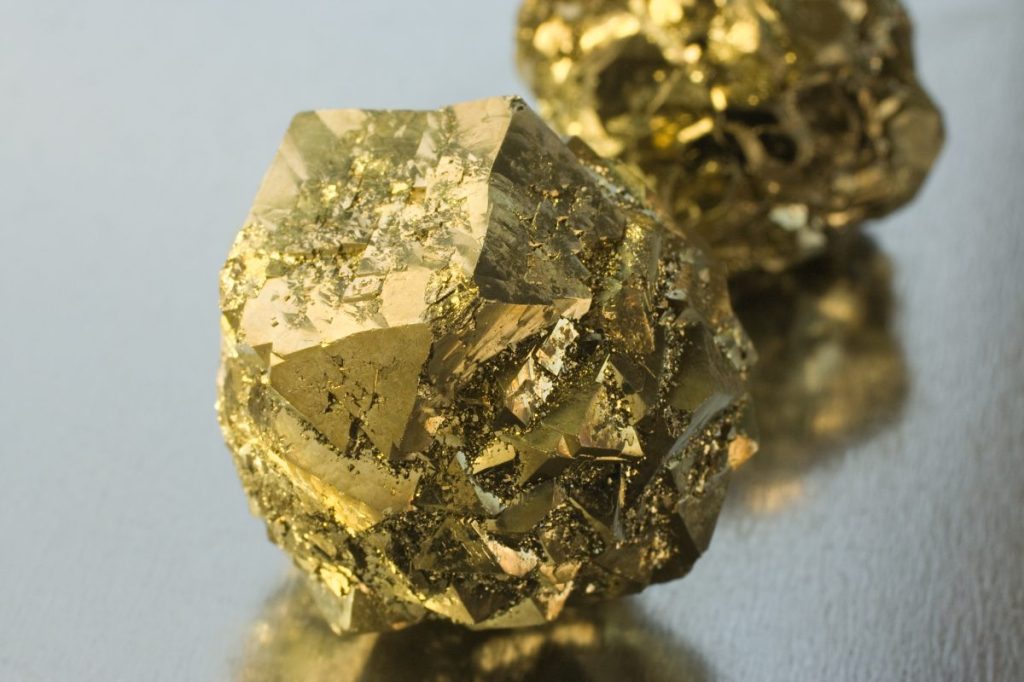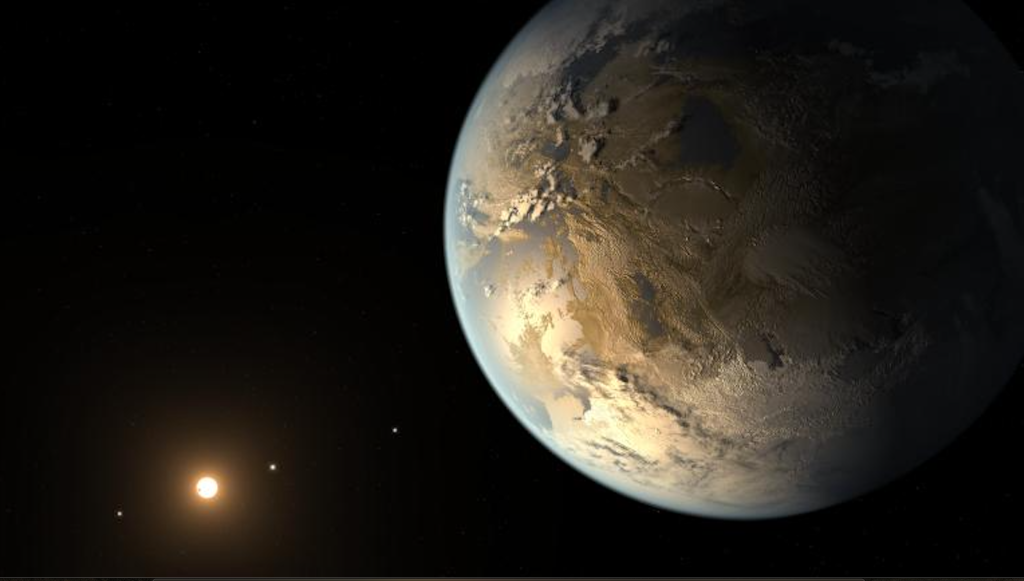Earth is the only planet in the entire universe that we know supports life, which is why alien-hunting scientists are so eager to spot other “Earth-like” worlds in our galaxy.
Now, astronomers have identified 24 possible “superhabitable” worlds out there that are “even better for life than our Earth,” according to a recent study published in the journal Astrobiology. So-called superhabitable worlds are a hypothetical class of planets that could support more biodiversity and biomass than our planet due to a variety of factors such as mass, temperature, and the nature of the host star.
Videos by VICE
Scientists led by Dirk Schulze-Makuch, an astrobiologist at the Technical University Berlin in Germany and an adjunct professor at Washington State University, argue that the search for extraterrestrial life “might be executed most effectively with a focus on superhabitable planets instead of Earth-like planets” in the new study. The team also identified 24 potential targets that could be “top contenders” for superhabitability.
“We are so focused on finding a mirror image of Earth that we may overlook a planet that is even more well suited for life,” said Schulze-Makuch in an email.
Given the sheer variation of life on Earth and the eerie lack of detectable aliens elsewhere, it might seem counterintuitive to imagine a more welcoming haven than our home. However, the premise that Earth is the most suitable planet for life simply because it is the only known living world may run contrary to the Copernican Principle, a centuries-old assumption that Earth does not occupy a special place in the universe, according to the paper.
Moreover, Earth’s habitability has fluctuated over time in response to countless interrelated processes such as climate patterns, plate tectonics, volcanism, and freak events like asteroid impacts. Perhaps our planet has yet to reach its own maximum biological carrying capacity, so what’s to stop other worlds out there from turning their life-support up to the proverbial 11?
To that point, Schulze-Makuch’s team outlines several criteria that might help spot a superhabitable “MVP (Most Valuable Planet),” as it is described in the study.
A hot, humid planet could be more biologically productive, since Earth’s tropical regions contain its most biodiverse habitats, the researchers said. Planets that are about 1.5 times as massive as Earth might be especially conducive to biodiversity because they would have more surface area, and would also be more likely to form a thick protective atmosphere.
A planet’s host star is another important factor in its habitability. Our Sun, a yellow dwarf star, has been undeniably awesome at powering life on Earth, but it may not be the most optimal type of star in superhabitability assessments because of its relatively short lifespan. In about six billion years, the Sun will die, rendering the solar system inhospitable to virtually all life.
Red dwarf stars contain a fraction of the mass of the Sun, but they may shine for trillions of years, a longevity that may allow for countless evolutionary cycles to unfold. On the downside, these stars can be volatile, and could irradiate any planets that orbit them with solar flares.
The stellar sweet spot, according to Schulze-Makuch’s team, is the orange dwarf star. These stars are smaller than the Sun, larger than red dwarfs, and could live for 20 to 70 billion years, extending the timeline for life to emerge.
To identify targets that are most likely to be superhabitable, the researchers combed through a list called Kepler Objects of Interest (KOIs), which logs thousands of possible exoplanet detections. The team emphasized that data about exoplanets is still extremely limited, and noted that most of the 24 KOIs in their tally are not confirmed as bona-fide exoplanets at this time, meaning they could be false positives.
“Some of the astrophysical conditions that we identify as crucial for a planet (or moon) to be potentially superhabitable are far from being observationally testable on planets outside the solar system,” the team noted in the study.
Even so, an object known as KOI 5715.01 stood out as a “favorite” and “especially promising,” Schulze-Makuch said. This exoplanet candidate appears to be about 1.8 times the mass of Earth and orbits a K-type star located nearly 3,000 light years away.
Scientists have been speculating about superhabitability for at least six years, but the new study offers a comprehensive roadmap for follow-up studies aimed at certain targets. Sophisticated new observatories, such as NASA’s James Webb Space Telescope, might eventually be able to pick out signs of life, known as biosignatures, in these worlds.
“I would be most excited to identify good biosignatures for finding complex life and a thriving biosphere on some other planet,” Schulze-Makuch said. “But this will be a long path and process until we get sufficient data and we may have to wait for the next generation of space telescopes to get there.”
More
From VICE
-

Fool's gold, AKA pyrite (Credit: lissart via Getty Images) -

Anadolu/Contributor/Getty Images -

(Photo by Maddie Meyer/Getty Images)

